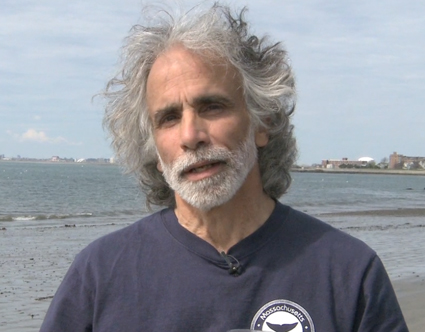Woods Hole Oceanographic Institution: The Ocean Conveyor
From Woods Hole Oceanographic Institution - The Ocean Conveyor: Includes an animation that explains how thermohaline circulation works along with its importance to global climate.
Oceanus Magazine: Fresher Ocean, Cooler Climate
From Woods Hole Oceanographic Institution – Fresher Ocean, Cooler Climate A less-salty North Atlantic Ocean Could Cool Northern Winters. Lonny Lippsett . Originally published online September 14, 2005 : In print Vol. 44, No. 2, Sep. 2005.
Oceanus Magazine: Is Global Warming Changing the Arctic?
From Woods Hole Oceanographic Institution Is Global Warming Changing the Arctic And Will Polar Changes Trigger Climate Shifts beyond the Arctic? Lonny Lippsett . Originally published online January 23, 2006.
National Ocean Service: What is the global ocean conveyor belt?
From the National Oceanic and Atmospheric Association - The global ocean conveyor belt is a constantly moving system of deep-ocean circulation driven by temperature and salinity. Provides an introduction to thermohaline circulation and the global ocean conveyor belt.
National Centers for Environmental Information: Paleoclimatology Data
From NOAA’s Climatic Data Center: NOAA Paleoclimatology - What caused the Younger Dryas? Younger Dryas was an abrupt change in climate as a result of a disruption to the thermohaline circulation in the North Atlantic about 14,500 years ago. This led to a period of colder climate that lasted about 3000 years.

